The alternative title for this article is In praise of pancake lenses: smaller, lighter, the broken promises of mirrorless. Let’s talk about size first.
Mirrorless cameras have been sold to photographers as smaller and lighter. Smaller and lighter is wonderful. I carried a Canon 5D Mark III everywhere for two years, albeit mostly with a 40mm f2.8 pancake lens in front. The lens made the package portable, by flattening the 5D III profile (effectively it was just packing a body alone with a cap on it).

Girl Sleeping: Night train to Bratislava: Canon 5D Mark III, 40mm f2.8
The results were great but the combination was still big and heavy. I was extremely happy when I acquired a NEX-5T: so small and light in my bag. The kit lens created fairly awful images and was very slow. Once I’d acquired a Sony Zeiss 35mm f2.8 ZA I’d ascended to a certain kind of photographic heaven: sharp edge-to-edge wide-open, tiny and light, bright.

Mato and Ivka ride to Smolenica Castle: Sony NEX-5T/Sony FE 35mm f2.8 ZA
Mirrorless camera size: mostly smaller, lighter
While many mirrorless cameras are small, there’s no shortage of larger ones like the Panasonic S1/S1R/S1H series: Panasonic after observing S1 series sales came to their senses and created the S5 which is a very powerful and compact camera. Sony’s svelte NEX-5 line blew up like a balloon in the A6xx but have now come back with a full frame no bigger than A6600, the A7C. Nikon as usual got the size and weight right from the beginning. The Z6/Z6 are perfect in the hand, light without feeling fragile or plasticky.

Sony A7 III with 55mm Sonar f1.8 beside Nikon Z6 50mm f1.8 | Stealth Look
Sony A7 III with 55mm Sonar f1.8 beside Nikon Z6 50mm f1.8 | Both in stealth version
Canon’s M6 ballooned to the M6 II which looks and feels almost 50% bigger, shedding its size advantage. In full frame, Canon has been a size leader by leaving out the electronics in the weak tea RP. 1
 Size comparison Canon M6 vs Canon M6 II from CameraSize.com
Size comparison Canon M6 vs Canon M6 II from CameraSize.com
The M6 is not as wide or as tall and offers compact lugs,
an exposure adjustment dial and dedicated rear dial
Overall mirrorless camera size in full frame is not such an issue. It varies mostly between 500 grams (Canon RP, Sony A7C) and 800 grams (Canon R5). This compares favourably with the Nikon D850 and Canon 5DS R at about 930 grams and very favourably with the Nikon D5 and Canon 1DX Mark II at 1.5kg. Nikon and Canon’s mirrorless cameras are about 30% lighter than their DSLR equivalents. While the D5 and the 1DX Mark II outbat mirrorless cameras in action/sport/BIF/war photography, otherwise the mirrorless cameras are equal to or better for any other kind of photography or video.
Shorter flange distance should mean smaller, lighter lenses
But despite much smaller and lighter cameras, photographers camera bags have not gotten lighter. Mirrorless cameras with shorter flange distances (the distance between the back of the lens and the sensor) were supposed to allow camera and lens makers to build smaller and lighter lenses.
For a long time in MFT, Panasonic was building small and fast pancakes, many with a Leica moniker. The early Sony lenses for those ultra-light and small NEX-5 and first A7 bodies were very small, light and high quality as well. These lenses included the excellent Sony Zeiss ZA 35mm f2.8 and the almost equally fabulous Sony Zeiss Sonnar 55m f1.8 (bigger but still very light).
There are still naive photographers out there who consider these small aperture lenses somehow inferior. S Yu writes:
One of the oldest FE lenses, the 35/2.8, is regarded as compact and sharp. However I feel that it’s far too large for its aperture, and would be going for M mount lenses as a match.
As a longtime owner of a ZA 35mm f2.8 it’s strange to see someone criticise its performance based on aperture and weight (135gr including lens hood). While tiny, the ZA 35mm f2.8 is a god-mode lens, with excellent bright performance from wide open (albeit some vignetting on full frame: it’s perfect edge to edge on APS-C). It’s so good that I bought an expensive Tech-Art adapter just to keep shooting it on my Nikon Z6 — the only Sony lens I kept.

Nikon Z6 with Sony Zeiss 35mm f2.8 ZA via TechArt TZE-01
Nikon’s 35mm f1.8 G and S are faster and equally strong (different) in terms of rendering but much bigger and heavier.
Yu does make a good point though about Leica M lens performance. Leica has been building small high performance lenses with a short flange distance for its M mount for sixty five years. Leica’s f2 Summicron 50mm in all metal weighed in at about 200gr until 1995. A 90mm Elmarit (f2.8) all in metal weighed just 226gr until 1990. An all-metal modern 35mm Summilux (f1.4) weighs just 312gr. Until 1994, a 35mm Summilux weighed just 184gr and was absolutely tiny.
 Tiny Leica 35mm Summilux captured by Nokton
Tiny Leica 35mm Summilux captured by Nokton
What many people forget about “slow” lenses with maximum f-stop like f2.8, f3.5 or f4 is that many of them are sharp at wide open. The old f2 (not including Leica) and modern f1.4 lenses are usually quite soft wide open. My Canon EF 50mm f1.4, one of my favourites when I shot Canon, wasn’t at all sharp until f2.2. Same thing applied to the EF 85mm f1.8. I love a wide aperture low light lens, more than the next man, but even shooting a great deal of dance/concert/night over my life, I rarely shoot wider than f2 as the depth of field is simply too shallow for anything except the most posed work.

First Wedding | Canon 50mm f1.4 at f1.4 | Lovely but soft and dreamy images wide open
I.e. lens manufacturers for the last eight years have been selling us overly expensive overweight boat anchors which we do not need. Nikon’s Z f1.8 is the best of a bad lot (i.e. they are not THAT heavy, image quality is THAT good and price is not THAT outrageous). Canon seem to have lost their mind, along with Panasonic: the bigger and heavier the better. Sony is somewhere in the middle, thanks to some early slower aperture lightweights like the ZA 35.
Video and Aperture
Mirrorless cameras are supposed to be for video which means mounting on gimbals. Here lightweight and low profile matter a great deal. It’s a lot easier to balance a gimbal with a lighter and shorter lens.
Depth of Field
For video there’s not much need for apertures much below 4. It’s almost impossible to keep focus accurate with shallower depth of field. Indeed in a classic cine lens prime line aperture/t-stop starts at f2.5. Older cine lenses offered apertures like f3.5.
There’s nothing more distracting than seeing faces go in and out of focus. It could also happen with focus pumping, or it can just happen that the depth of field is too shallow for the focus to follow along. And then it just looks like focus pumping, in both cases, is disastrous for your image. Even with the Sony’s latest advances in the autofocus, what we really need for video are light quiet lenses with minimal distortion which start at f2.8. Minimal distortion is important as manually correcting an entire video for distortion is a much larger burden than for stills.
Slow shutter, high ISO
In terms of exposure and ISO, video is normally shot at an exposure time of double the frame rate, i.e. at 1/48 second (24p) to 1/120 second (60p). With the low noise high ISO available on most cameras in the last five years, there’s rarely any need at ISO 3200 for an ultra-fast aperture at 1/50th second.
Video resolution requirements
Resolution for video is also an interesting question. HD video is just 2.1 MP. 4K video is just 8 MP. Even very ordinary modern lenses offer far more resolution on full frame than 4K video requires. Even kit lenses resolve around 13 MP. A top flight telephoto resolves about 30 MP. So again performance in video is an issue of quiet smooth focus motor, light weight and low distortion rather than resolution or maximum aperture. Good enough in this case really is good enough.
More important than resolution: focus breathing, focus shift
A perfect example is the new Panasonic 20-60mm f3.5-5.6:

Photo by Damien de Molder
At 350grams, it’s the right weight. It’s much smaller than other lenses in the L system. Its resolution is barely adequate for stills but plenty sharp for video. Jeff Keller’s sunset ferry sample photo from DPReview looks absolutely great at lower resolutions:

Sunset Ferry by Jeff Keller | Panasonic L 20mm-60mm f3.5-5.6 on Panasonic S5
but at one to one the image lacks sharpness:

Ordinary and fuzzy detail at one to one, but a great video lens
For 4K video, it doesn’t matter. What’s more important for video than resolving power are
- the very wide starting point (20mm)
- minimal focus breathing
- minimal focus shift.
Damien de Molder explains:
Focus breathing shows when background objects change size when the focus of the lens is pulled from the foreground to the distance, which creates a distraction when the footage is played back. In this example the focus is taken from its closest setting to beyond the infinity marker. Some breathing can be detected but it is extremely slight and mostly happens in the shortest distances. In practical use this won’t show,
Here’s the focus breathing:

Here’s the minimal focus shift:

Huge heavy fast high resolution lenses are in some ways worse than useless for video, unless you are shooting on a tripod all day. A good light zoom with quiet focusing, minimal focus breathing (changing field of view when focusing) is quite enough.
How Sigma made heavy glass fashionable
The leader in pushing photographers to ridiculously fast, absurdly heavy and ludicrously expensive lenses, ironically is a third party manufacturer with a reputation for second-rate wares: Sigma. CEO Kazuto Yamaki observed Canon’s success with the fast and fairly substantial L series. He saw an opportunity. Consumers were complaining about the plasticky Sony cameras and lenses already (disclaimer sometimes including myself). Nikon’s self-focusing G series didn’t offer the same robust feel in the hand of their D screw drive lenses. In 2013, Yamaki decided in 2013 to change the image of Sigma to high end manufacturer, equal to Canon L lenses and Nikon and Sony’s best offerings. The movement was called Global Vision and the series of lenses to change that image was called Sigma Art.

Sigma 50mm f1.4 is clearly much bigger than Sony’s own 50mm options
What was different about Sigma Art was how Sigma overbuilt every lens. The lenses are very wide aperture (f1.2 to f1.8 for primes) and almost all glass. They feel as heavy as bowling balls. This is about twice the weight of a Canon or Nikon equivalent. There’s so much glass in these lenses that the built-for-EF mount (54mm throat, most of the way to Fujifilm’s 65mm G mount) versions can be successfully shot on digital medium format.
The only problem is that it’s almost impossible to lug a bag with these boat anchors anywhere.
Sigma Art vs Nikon F vs Nikon Z Weight
Here’s some examples from the ones I’ve own(ed)
- 24mm f1.4 at 743gr (still own in Nikon F, hand-weighed)
- 50mm f1.4 at 815gr (owned in Canon EF, it was heavier than this official weight)
- 135mm f1.8 at 1170gr (still own in Nikon F, hand-weighed)
Those would be three lenses a photographer might throw in his or her bag. That’s over 2.5kg of glass spent on three primes. Here’s how a similar Nikon G selection weighs out (I’m hand weighing my own copies here):
- 35mm f1.8 342gr
- 50mm f1.8 187gr
- 85mm f1.8 357gr
This bag comes in at about 900gr or about one third the weight. Optical quality at f1.8 is not much worse on these G lenses.
The only Sigma Art lens I don’t regret buying is the Sigma Art 135mm f1.8.2 Sigma Art lenses are just too heavy to carry around, unless you really, really need that particular focal length wide-open that day.
Nikon’s f1.8 Z Lenses: Seeking Goldilocks
Sigma really set the race on for the heaviest possible lenses at very high prices. But in terms of quality, Nikon Z S lenses make Sigma Art lenses look like old school lenses from before 2000. Even though Nikon Z lenses max out at F 1.8, the F 1.8 is so good across the frame that their useful aperture performance is much higher than most ultra fast f 1.4 lenses. The issue is what aperture does the lens become really good? And the answer with Nikon z lenses is right at F 1.8.

Dusk Play | Nikon S 50mm f1.8 at f1.8, Nikon Z6 3200 ISO

Dancing Girl, Cinematik Film Festival 2019 | Nikon S 50mm f1.8 @ f2, Nikon Z6 6400 ISO

Olga Chelpanova Konstantin Korotkov in Don Quixote SND | Nikon S 85mm f1.8 at f2
Open up any of these images to full size via right click (‘Open Link in New Tab’) to experience the incredible sharpness of Nikon Z S lenses at full aperture.
Nikon Z lenses thanks to the short flange distance and huge 55mm throat should be much smaller than Nikon F lenses. Instead this is what the primes weigh:
- 35mm f1.8 370gr
- 50mm f1.8 433gr
- 85mm f1.8 516gr
Weight apart from 50mm f1.8 is not that bad, looking at. What disturbs more than weight is that the lenses are all quite tall and none of them make it easy to carry a Z6 body with a lens attached. Instead I’m forced to carry my otherwise lightweight and compact Z6 with a Sony Zeiss ZA 35mm f2.8 at 112gr with low profile attached.
Canon RF Lens Weight: f1.2 and f1.8 lines
Canon’s RF glass makes Nikon’s Z S series seem like tiny featherweights though. All of these lenses are at f1.2 aperture but each cost north of €2200:
- 50mm f1.2 950gr
- 85mm f1.2 1195gr

Canon EF 50mm f1.2, Canon RF 50mm f1.2, Sigma Art 50mm f1.4 by Usman Dawood
These RF cannonballs weigh more than even Sigma Art boat anchors and are physically big as well. Normally both the EF 50mm f1.2 and Sigma Art 50mm f1.4 above are considered very large lenses. But the RF dwarfs them. Canon appears to have come to their senses and are offering some f1.8 versions finally:
- 35mm f1.8 305gr – €550
- 85mm f1.8 500gr – €700
The prices are a little lower than Nikon’s S series. This is progress. I wonder if the lenses will be as good or will struggle wide open like the Canon’s f1.8 EF non-L glass.
While f1.8 and about 400gr (€400 to €800) are a bit improvement over f1.4 or faster, about 1kg (€700 to €2700), most full frame mirrorless camera shooters would be far better served by standard primes at f2.2 to f2.8 with low profile, weight about 200gr and prices around €300.
Canon at one point did understand what photographers want. The EF-M 22mm f2 pancake is tiny and weighs just 102 grams naked (no caps). Corner performance in this case does suffer wide open. Nothing 20 grams more glass around the edges wouldn’t fix.
Where are the mirrorless pancake lenses
When are the mirrorless pancakes coming back? Nikon, as usual, the tortoise in the race with the hare does have two pancakes on their roadmap, at 28mm and 40mm. No pricing or performance charts or delivery dates available yet though. These compact primes will be almost the last of the current roadmap to be built.

Larger version
It looks like what has happened is the manufacturers have agreed to push us all through a very expensive upgrade cycle of first rate f1.2 to f1.8 lenses (the faster and heavier the better). Once we’ve all spent our money on these overweight behemoths, we’ll be offered lightweight high quality pancakes.
I’ve had enough of waiting. I want them now.
-
Canon’s bigger issue in mirrorless than size is how – after perfecting human interface in the 5D line – they’ve persistently tampered with interface in the mirrorless cameras with senseless touchbars stolen from Apple computers, where they didn’t do much for most users either – Canon EOS R. Or a three touches for every adjustment multi-wheel replacing dedicated exposure compensation and exposure wheels in the M6 II. The latest cameras, R5 and R6, marketed as hybrid cameras, are not fit for purpose due to rather dubious heat issues. Those who still trust Canon to deliver viable hybrid cameras at less than €6000 and 1.5kg weight should know better by now. ↩︎
-
I bought it again in Nikon F mount after switching from Canon. I’d shot the Canon version head to head with the Canon’s EF 135mm f2 L. The Sigma Art was half a stop faster at the same aperture and sharp at f1.8. The Canon was sharp at f2.2, effectively f2.7 vs f1.8, a full stop faster. At this particular focal length I needed very, very fast glass for night lights football at 1/1000 second. The Canon L 135mm’s rendering and contrast remains more attractive for any use which doesn’t prioritise sharpness and speed (i.e. speed). Nikon doesn’t offer an F mount 135mm internal focusing lens and the 200mm f2 VR is about a €3000 to €4000 used, when you can find it. ↩︎
Photo credits: unless otherwise marked, all photos by Alec Kinnear © 2009-2020. Images which open in lightbox, all shot by Alec Kinnear.

Alec Kinnear
Alec has been helping businesses succeed online since 2000. Alec is an SEM expert with a background in advertising, as a former Head of Television for Grey Moscow and Senior Television Producer for Bates, Saatchi and Saatchi Russia.
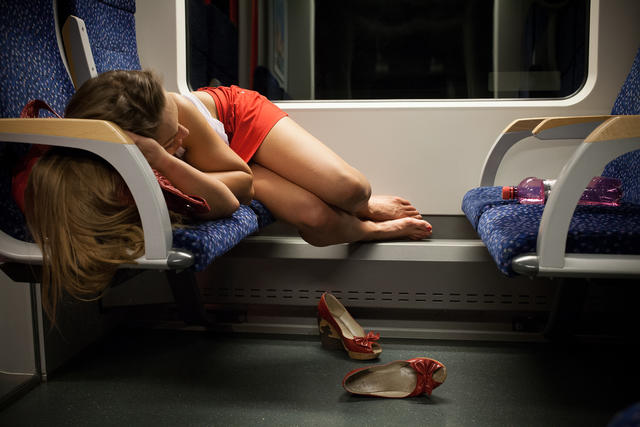
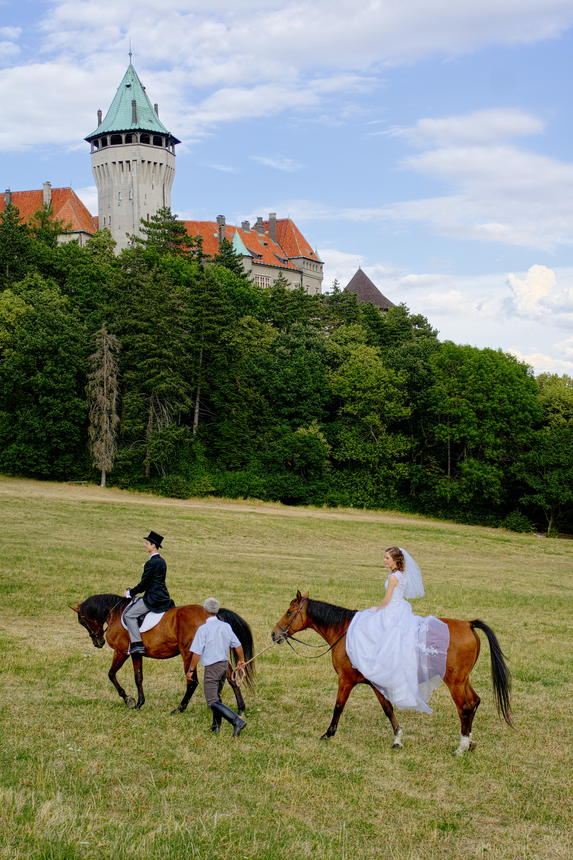
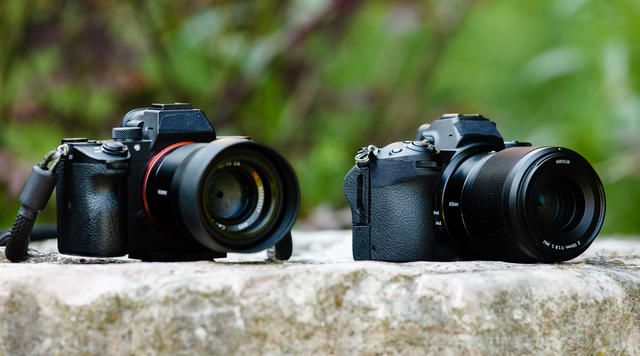
 Size comparison Canon M6 vs Canon M6 II from
Size comparison Canon M6 vs Canon M6 II from 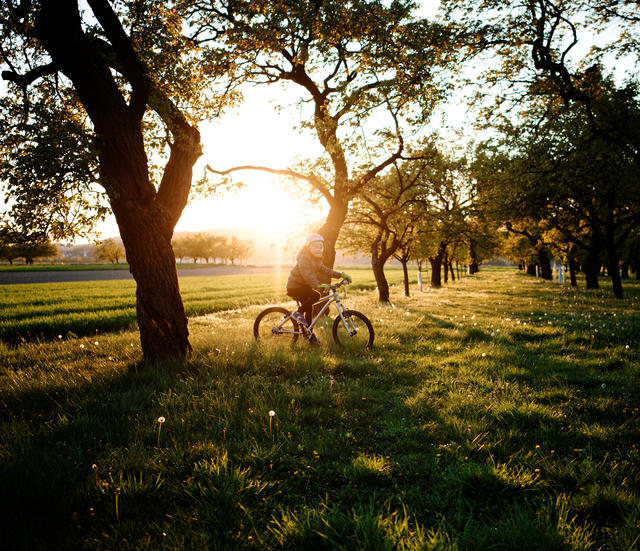
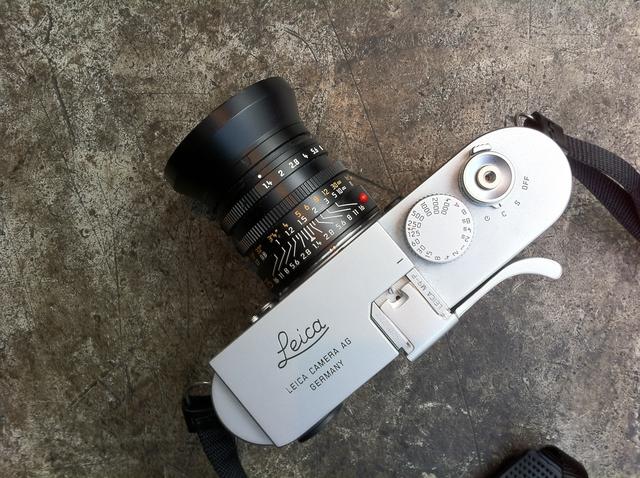 Tiny Leica 35mm Summilux captured by
Tiny Leica 35mm Summilux captured by 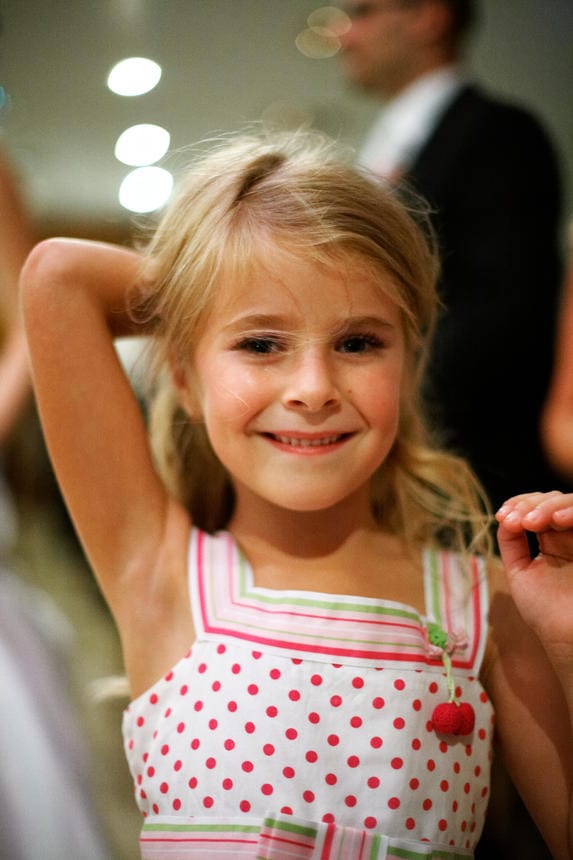
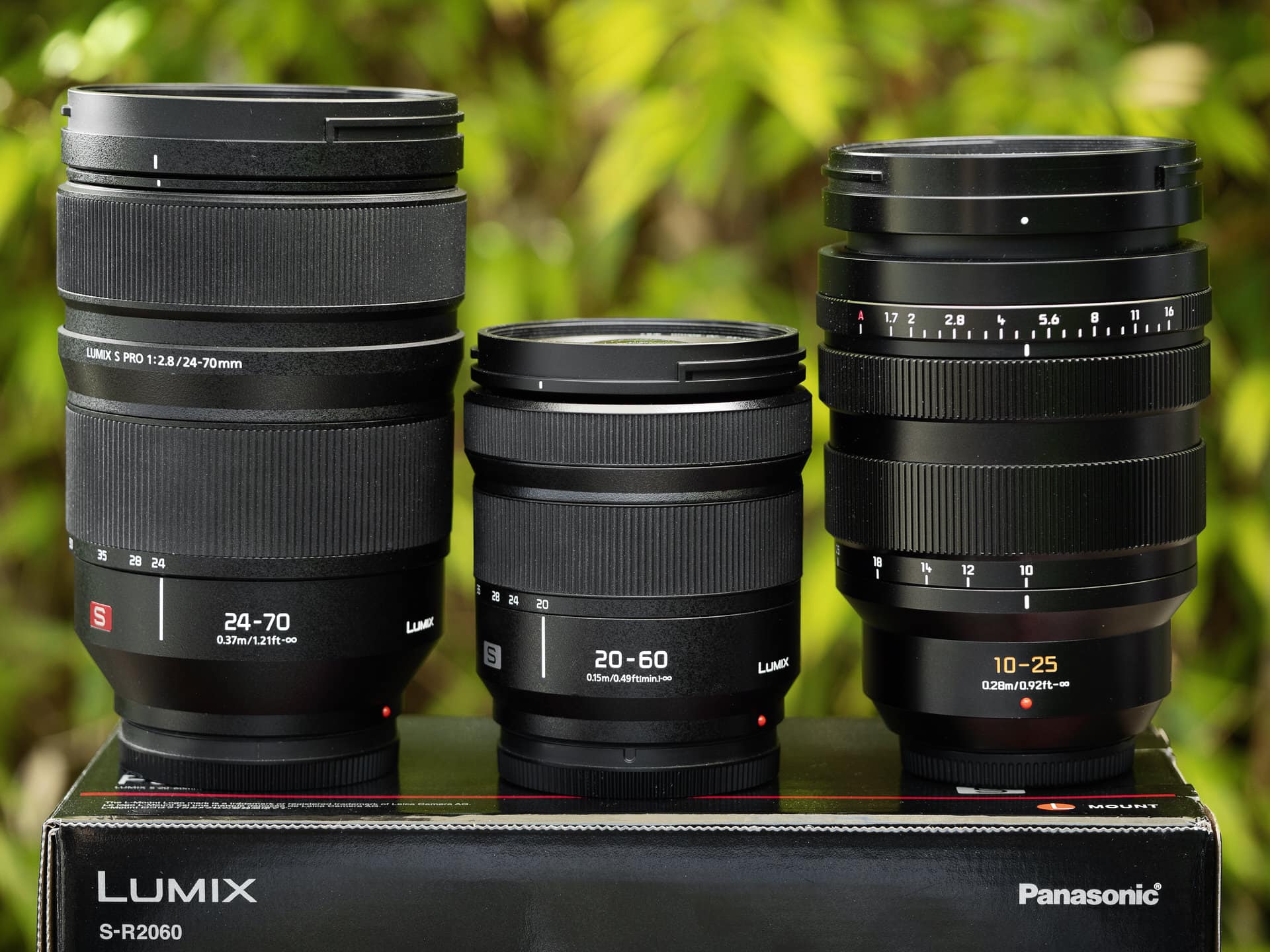

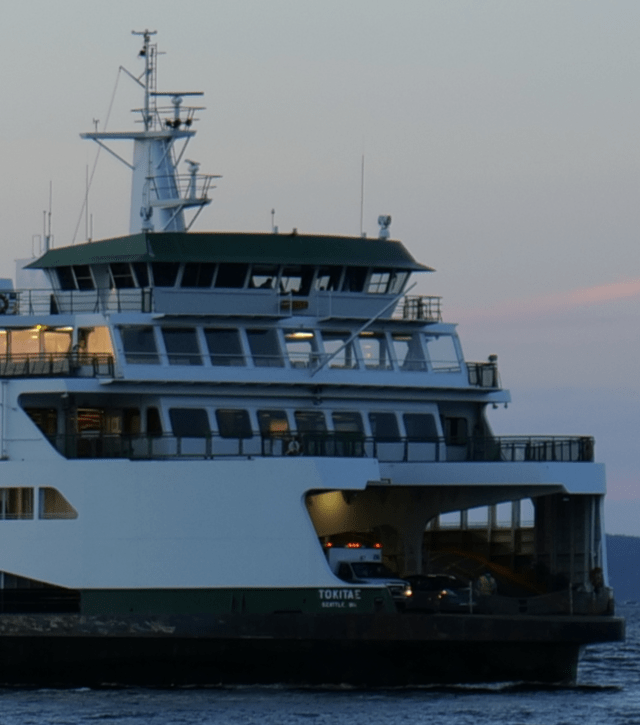
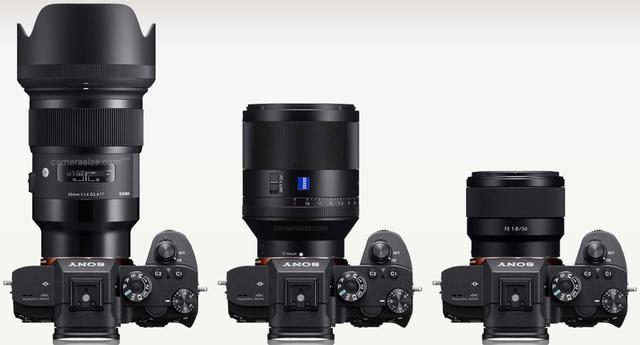
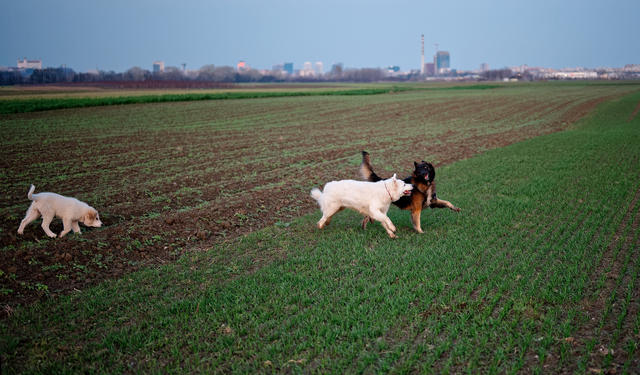

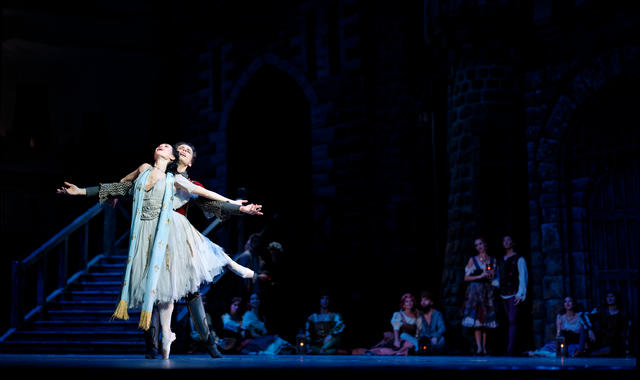
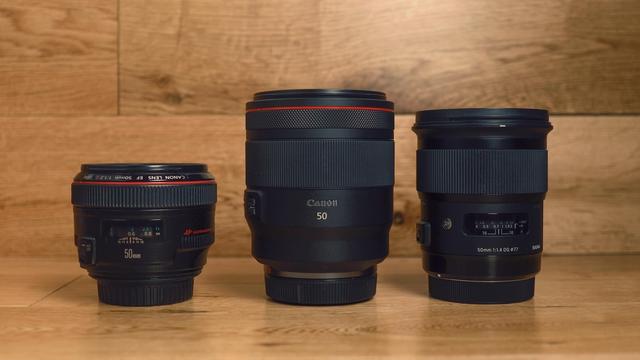
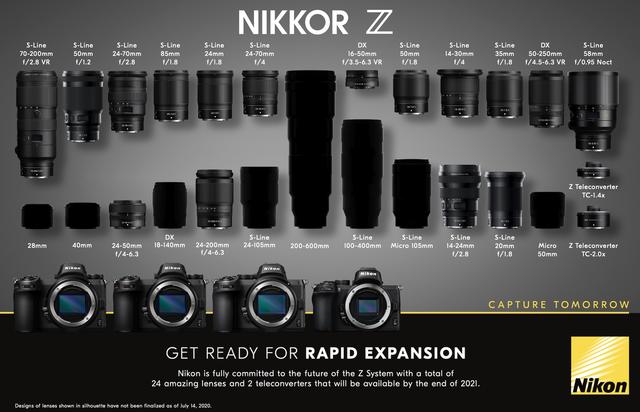

Leave a Reply